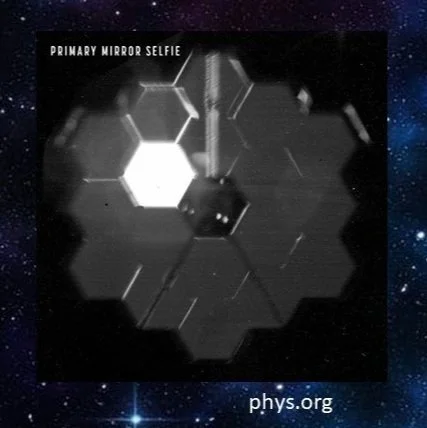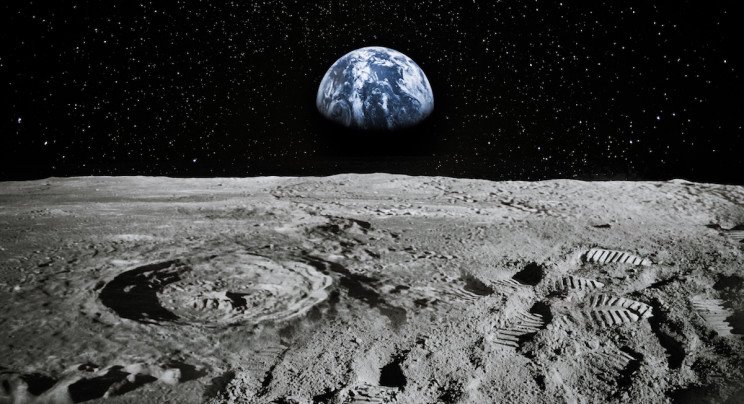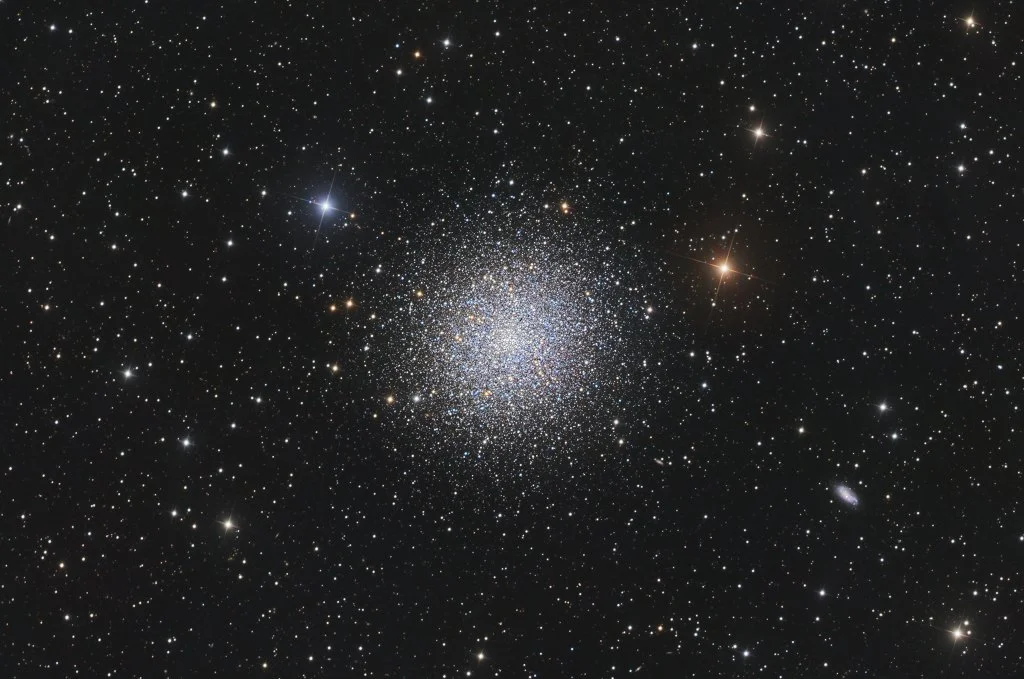Astral Projections Online July 2022
Check our Website for updated content at www.astra-nj.com
Club Presentations Wanted:
Does anyone have any astronomy items of interest to share with the membership?
Please let us know at Club Contacts.
ASTRAL PROJECTIONS ONLINE (APO for short) is an email-linked publication for members only. If you exit APO to the club website or other resources you will need to use the emailed link again to get back to it. If you wish to retain a copy please bookmark or refer back to the email. We will make all efforts to post by the first week of the month.
Submissions Welcome: Members are invited to submit articles, photos, news, or stories for inclusion with Astral Projections Online. Please contact the ASTRA Webmaster.
Event Calendar
ASTRA’s next meeting will be Friday, July 8, 2022, at 8 PM EST. This will be an in-person Observing meeting at Island Beach State Park, Parking Lot 13. We will not have a Zoom session this night. Keep a watch for any weather alert notifications for cancelation.
ASTRA PICNIC - August 13 - 2 PM - More details coming
Cloverdale Public Star Party - Saturday, July 23, 2022, at 8:30 PM
Jakes Branch Public Star Party - Saturday, July 30, 2022, at 8:30 PM
Jakes Branch Public Star Party - Saturday, August 20, 2022, at 8:30 PM
Island Beach State Park Moonlight hikes begin July 1 every Friday evening at 8 PM, until August 26. If you would like to volunteer to help out please let one of the executive board members know. We set up our telescopes in Parking Lot 13. This is not an ASTRA event, the public would need to contact Island Beach State Park to register.
EVENT Cancellations: Members will receive email notifications of an event cancellation.
Upcoming County Park Presentations 2022
Public Outreach, if any member wishes to support ASTRA outreach efforts with the public, please let Vinny, Ro, or Jim know of any interest. Currently, we have three events planned with the county parks.
July 23 - 7 PM to 8:30 PM - Beginners Astronomy
Location: Cloverdale Farms County Park
There is a registration fee of $5, payable to the park. Please call them to reserve your spot.
NOTE: The ASTRA Star Party at 8:30 PM is a separate event that will follow and is free for all to attend.
Website Updates …
Please visit our club website. We continue to have additional updates, if there is some content that would be useful to members please let us know.
"The cosmos is all that is or ever was or ever will be. Our feeblest contemplations of the Cosmos stir us-there is a tingling in the spine, a catch in the voice, a faint sensation, as if a distant memory, or falling from a height. We know we are approaching the greatest of mysteries”
- Carl Sagan - Astronomer
ASTRA Meeting - June 10
In our ASTRA meeting, this June we had a brief review of a webpage that could be a useful tool for planning for an observing session. on upcoming events and asked if there were any interest in doing some solar observing.
We then moved on to the recent news about the James Web Space Telescope
Between May 23 and 25, NASA’s JWST sustained an impact to one of its primary mirror segments.
After initial assessments, the project team found the telescope is still performing at a level that exceeds all mission requirements despite a marginally detectable effect in the data.
The May micrometeoroid strike was not the result of a meteor shower but an "unavoidable chance event."
A micrometeoroid is a particle smaller than a grain of sand. Every day, Earth's atmosphere is struck by millions of meteoroids and micrometeoroids. Most never reach Earth's surface because they are vaporized by the intense heat generated by the friction of passing through the atmosphere.
After some of the above and some other club discussions, we moved on to the main event. ASTRA member Donald Durett provided the membership with an overview of 3D Printing for Astronomy. Donald shared with us some of the objects that he as already printed and they were very impressive. The size of the object does not matter as you can still use a small printer to create bigger objects and piece them together for the larger end result. I have to say, I think the Dual Crayford Focuser was a big hit, and look forward to Donald putting it together with the rest of the telescope he is working on. It would be great to see it at a star party. Thanks, Donald Durett for this wonderful review.
Event Reports
Nothing for June
Around the Web
Comet C/2017 K2
Looks like we’ll have a summer comet that will be at its closest approach to Earth on July 14, 2022. Comet C/2017 K2 (PanSTARRS) should be viewable with a small telescope throughout the summer. This should make for an interesting addition for star parties for those members that can bring it into view. Starting July 13 to July 16 it will be in close proximity to M10 Globular Cluster and make for an easy point of reference and maybe some interesting photos. Click on the images below to enlarge for better viewing.
If the name K2 reminds you of the second largest mountain on Earth, also named K2, keep in mind that the mountain is 28,251 feet (8,611 meters) tall. If the comet K2 is around 11 miles or 18 km (a reasonable estimate), that translates to about 58,000 feet or 18,000 meters. In other words, the comet K2 dwarfs the mountain K2, which is about half its size.
Observers using a small telescope (preferably from a dark-sky site) should be able to see a diffuse or fuzzy patch of light (the coma) around the nucleus of comet C/2017 K2. Careful observations using averted vision at the telescope may reveal the coma is really big compared to other comets. A hint of the comet’s tail might be visible, while long-exposure images should reveal the comet and its tail in all its glory.
For more go to:
Earthsky.org / Space.com /
Our Nearest Neighbor
Let’s explore some interesting features, facts, or myths about our nearest neighbor, the Moon. Without it, life on Earth would be totally different, if not at all.
Monthly Lunar Destination - by Vic Palmieri
Last month our Lunar Destination was the crater Plato which has been described as a walled plain. Anyone who took the time to observe Plato may have noticed a slash in the Alps Mountain range to the east of Plato. This slash is the Vallis Alpes, the Alpine Valley, which is this month’s Lunar Destination.
The Alpine Valley is within a blocky region of the Alps Mountains extending 166 Km from Mare Imbrium trending northeasterly to Mare Frigoris. It is a narrow valley with a flat lava-flooded floor in the center of which runs a narrow shallow rill. On a night of excellent seeing this rill may be seen in a good 130mm refractor. I have observed a portion of it in an 8” f6 reflector. The rill is longer than the valley at 196.65 Km +/- 10.98 Km and has a width of 0.58 Km +/- 0.98 Km and a depth of 77.69 meters +/- 28.07 meters (Wikipedia).
Showing the Alpine Valley in context
Image Source: Pear Tree Observatory
One side of the Alpine Valley is straighter than the other which bows outward near the middle. The valley is also narrow at both ends. The southern end narrows down in the blocky region and then opens up in a way reminiscent of a thermometer.
The Alpine Valley is more likely than not a geological feature known as a Graben. A Graben is an elongated block of crust between faults that get displaced downward relative to the blocks on either side and then later flooded by lava from both Mare Imbrium and Mare Frigoris. Another possibility is that the Alpine Valley was formed by stress fractures due to expansion of the mantle or contraction of the regolith after cooling and solidification.
Looking down the length of the Alpine Valley
Image Source: NASA
Another possibility states that the impact that created the Imbrium Basin may have produced stresses that formed the Alpine Valley.
The best time to observe the Alpine Valley is when the Lunar phase approaches the First Quarter.
Position pointed out to Vallis Alps from Vic’s own book. You’ll notice further down where Apollo 15 landed.
Outreach material below is distributed free for public outreach.
Let’s Explore Space - What’s in the Sky July 2022?
Eagle Nebula - M16
The Eagle Nebula is a young open cluster of stars in the constellation Serpens, discovered by Jean-Philippe de Cheseaux in 1745–46. Wikipedia
Distance to Earth: 7,000 light-years
Age: 5.504 million years
Magnitude: 6
Coordinates: RA 18h 18m 48s | Dec -13° 49′ 0″
Radius: 70×55 (cluster 15) ly
Constellation: Serpens
Types: diffuse emission nebula
M16, also known as the Eagle Nebula, is a young open cluster of stars embedded within an extremely large cloud of interstellar gas and dust in the constellation of Serpens (Cauda). It's located in the next inner spiral arm of the Milky Way, 7,000 light-years distant. Discovered by Jean-Philippe de Cheseaux in 1745–46. Both the "Eagle" and the "Star Queen" refer to visual impressions of the dark silhouette near the center of the nebula, an area made famous as the "Pillars of Creation" imaged by the Hubble Space Telescope.
At magnitude +6.2, places it at the very edge of naked-eye visibility, but easily within the range of binoculars or small telescopes. A pair of 7x50 or 10x50 models show a faint triangular-shaped patch of light along with the brightest cluster stars. Under dark skies, the nebula hints at visibility, but due to its low surface brightness, medium to large amateur scopes are better suited to the task. To spot the famous Pillars of Creation an instrument of at least 300mm (12-inch) aperture is recommended.
Looking South … Nebulas, Nebulas Oh My …
June, July, and August present us with some Nebulae all within easy viewing of each other. Looking from South to Southeast along the Milkyway is M8 the Lagoon Nebula, M20 Trifid Nebula, M17 the Omega or Swan Nebula, and M16 the Eagle Nebula. Easily observable with 10x50 binoculars or from 100mm 4” to 200mm 8” telescope, with varying degrees of detail. The pictures below are from imaging and will not look like this when observed.
Produced using Star Safari Pro8
On the lighter side of astronomy …
Members Submitted Articles & Items
Whatever it is, the way you tell your story online can make all the difference.
Nothing for May
For more go to NASA Jet Propulsion Laboratory webpage: What’s Up: Skywatching Tips From NASA
This article and images are distributed by NASA Night Sky Network
The Night Sky Network program supports astronomy clubs across the USA dedicated to astronomy outreach.
Visit nightsky.jpl.nasa.gov to find local clubs, events, and more!
Night Sky Notes: Find Hercules and His Mighty Globular Clusters
By David Prosper
Look up after sunset during the summer months to find Hercules! Scan between Vega and Arcturus, near the distinct pattern of Corona Borealis. Once you find its stars, use binoculars or a telescope to hunt down the globular clusters M13 and M92. If you enjoy your views of these globular clusters, you’re in luck - look for another great globular, M3, in the nearby constellation of Boötes. Image created with assistance from Stellarium: stellarium.org
Hercules is one of the standout heroes of Greek mythology, but his namesake constellation can be surprisingly hard to find - despite being one of the largest star patterns in our night skies! Once you find the stars of Hercules, look deeper; barely hidden in the space around his massive limbs and “Keystone” asterism is two beautiful globular star clusters: M13 and M92!
Since the constellation itself is relatively dim but bordered by brighter constellations, you can find the stars of Hercules by looking between the bright stars Vega and Arcturus. They are fairly easy to identify, and we have tips on how to do so in previous articles. Vega is the brightest star in the constellation Lyra and one of the three stars that make up the Summer Triangle (June 2020: Summer Triangle Corner: Vega). Arcturus is the brightest star in the constellation Boötes and can be found by “arcing to Arcturus” from the handle of the Big Dipper (May 2021: Virgo’s Galactic Harvest). You may be able to Hercules’s “Keystone” asterism first; this distinct pattern of four stars is traditionally shown as the torso of the great hero, though some illustrators prefer marking the Keystone as the head of Hercules. What pattern do you see in the stars of Hercules?
Composite image of the dense starry core of M92 imaged in multiple wavelengths. While your own views of these globular clusters won’t be nearly as crisp and detailed, you might be able to count some of its member stars. How far into their dense cores can you count individual stars?
Credits & Source: ESA/Hubble & NASA; Acknowledgment: Gilles Chapdelaine.
Globular star clusters appear “fluffy,” round, and dense with stars, similar to a dandelion gone to seed, in contrast to the more scattered and decentralized patterns of open clusters. Open clusters are generally made up of young stars that are gradually spreading apart and found inside our Milky Way galaxy, while globular clusters are ancient clusters of stars that are compact, billions of years old, bound to each other, and orbit around our galaxy. Due to their considerable distance, globular clusters are usually only visible in telescopes, but one notable exception is M13, also known as the Great Cluster or Hercules Cluster. During very clear dark nights, skilled observers may be able to spot M13 without optical aid along the border of the Keystone, in between the stars Zeta and Eta Herculis - and a bit closer to Eta. Readily visible as a fuzzy “star” in binoculars, and in telescopes M13 explodes with stars and can fill up an eyepiece view with its sparkling stars, measuring a little over half the diameter of a full Moon in appearance! When viewed through small telescopes, globular clusters can appear orblike and without discernable member stars, similar in appearance to the fuzzy comae of distant comets. That’s why comet hunters Edmund Halley and Charles Messier discovered and then cataloged M13, in 1714 and 1764 respectively, marking this faint fuzzy as a “not-comet” so as to avoid future confusion.
While enjoying your view of M13, don’t forget to also look for M92! This is another bright and bold globular cluster, and if M13 wasn’t so spectacular, M92 would be known as the top celestial sight in Hercules. M92 also lies on the edge of naked-eye visibility, but again, binoculars and especially a telescope are needed to really make it “pop.” Even though M92 and M13 appear fairly close together in the sky, in actuality they are rather far apart: M13’s distance is estimated at about 25,000 light-years from Earth, and M92’s at approximately 27,000 light-years distant. Since M13 and M92 appear so close together in our skies and are relatively easy to spot, switching between these two clusters in your scope makes for excellent star-hopping practice. Can you observe any differences between these two ancient clusters of stars?
Image Source: science.nasa.gov
Globular clusters are closely studied by astronomers for hints about the formation of stars and galaxies. The clusters of Hercules have even been studied by NASA’s space telescopes to reveal the secrets of their dense cores of hundreds of thousands of stars. Find their latest observations of globular clusters - and the universe - at nasa.gov.
M13 with a Side of Galaxies, Please
While observing the two Globular Clusters M13 and M92 in this month’s Night Sky Network article, keep in mind there are some other hidden gems out in the same region. Turns out there are quite a few galaxies around M13 viewing region. Twenty based on a 2018 article from Sky & Telescope.
This photo of M13 nicely shows the chains of stars that dangle from the central region of the cluster along with IC 4617 and NGC 6207.
Lukáš Kalista
The 2018 article can be found at skyandtelescope.org
Tonight’s Sky: July
Find constellation Scorpius to identify the reddish supergiant Antares, which will lead you to discover a trio of globular star clusters. Keep watching for space-based views of these densely packed, spherical collections of ancient stars, as well as three nebulas: the Swan Nebula, the Lagoon Nebula, and the Trifid Nebula.
Submissions Welcome
Members are invited to submit articles, photos, news, or stories for inclusion with Astral Projections Online. Please contact the ASTRA Webmaster.






























